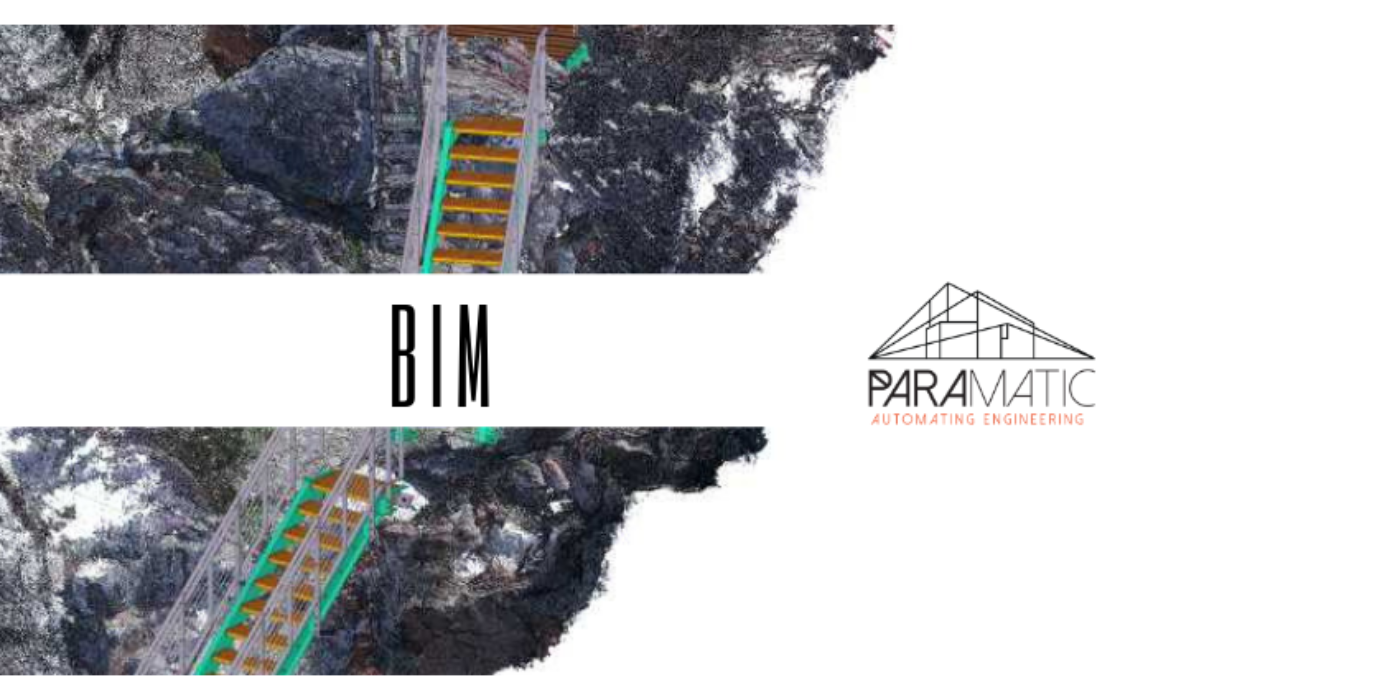The new kid on the block will change us.
What is BIM? Why is it necessary? Is it the next big thing?
BIM will grow – it will enable us to create drawings faster and allow us to embed our brand; it has the potential to expand significantly. It’s a concept that will open our eyes to an entirely new way of creating engineering models with an entirely new approach to data use. How will this change our lives? It will reduce time to market, increase accuracy and increase our confidence in the associated data.
A BIM model is a combination of 3D model and associated data. It’s a visualization tool resident on a desktop computer, or on the cloud; a digital twin of the real life project. BIM comes from the recognition that an engineering model is made up of the parts. As 3D Modelers we don’t draw; we assemble parts. The parts themselves are either sold to us by suppliers or we model them ourselves before we build our final assembly. Our engineering or architectural model then becomes an assembly of 3D sub-assemblies with levels of information and detail which was never possible in 2D. When we compile the information about the parts with the model, we have a visualization tool, and a detailed bill of materials for every sub-assembly.
The airport operator can open the file for the main terminal building and hover over the escalator to determine who supplied it, when it was delivered, and how much it cost. Even better; the operator can identify a spare part on the model. The BIM model holds the naming and numbering of spare parts and where they go.
Imagine if Owners, Engineers and Equipment Suppliers on a project could share equipment information on a common platform; making use of the power of visualization and data access on a 3D Model. Currently, draughtsmen use selected information in their models and discard non-relevant data because there is nowhere to store the data in the current model.
Imagine if we could retain core data and hand it on all the way through the process so that the Project Engineer buys the part to the original quotation, and passes on this information to the client so that a spare part can be bought to the same specification, or a modification can be designed using the correct interfaces.
Why build and rebuild when you can create an exact replica and re-use that model again in another drawing? Better yet; what if you could use BIM files to embed brand identification right through the design, manufacture and operations cycle.
Users have the BIM model as a visualization tool to understand supplier interfaces and part dependencies, quantities, access, track schedule adherence and to plan alternative installation sequences, access routes and cranage requirements. Part attributes such as mass, dimensions, lifting points, installation, orientation and location are all available. We now have a tool which allows all tiers of management, operations and support access to data at a new level right through the life of the part.
ParaMatic is developing ways to increase the utility and power of the Digital Twin. While BIM is clearly the future; BIM is slow to gain a toehold yet because of the expense of generating a truly accurate digital twin, the replica of the project. We are excited to share that ParaMatic Piping and ParaMatic Library are first steps in developing a suite of modelling products which facilitate the generation of the Digital Twin.
BIM is in its infancy and will grow. One day a client engineer will order a spare part by scanning a bar code on the original part and a quote carrying shelf inventory, price and delivery schedule of the spare part will be forwarded by the supplier, automatically. It’s clear that it will one day be integrated in the way that we engineer and record.



